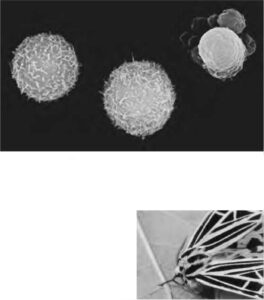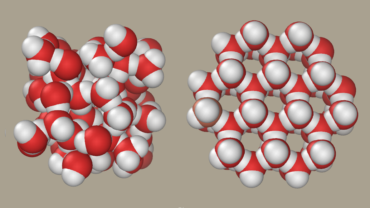Apoptosis Cells
apoptosis Cells die by injury or commit “suicide.” Apoptosis is a programmed cell death (PCD) brought about by signals that trigger the activation of a flood of “suicide” proteins in the cells destined to die. The destined cells then go through a number of molecular and morphological changes until they finally die. PCD is important in proper development in mitosis and cells that may be threatening to the host organism. It can be induced by a variety of stimuli, such as ligation of cell surface receptors, starvation, growth factor/survival factor deprivation, heat shock, hypoxia, DNA damage, viral infection, and cytotoxic/chemotherapeutical agents.Moreover apoptosis is a word of Greek origin meaning “falling off or dropping off.”
Last of all Scanning Electron Micrograph (SEM) of human white blood cells (leucocytes) showing one cell undergoing apoptosis.In short apoptosis is the process of “genetically programmed cell death.” At upper right, an apoptotic white blood cell has shrunk and its cytoplasm has developed blebs (grapelike clusters). Normal white blood cells are seen beside it. These white blood cells are myeloid leucocytes, originating from bone marrow. The human myeloid cell line depends on growth factors to survive, and cells undergo apoptosis when deprived of growth factors. Research on apoptosis may provide genetic treatments for diseases such as cancer. Magnification: x7,500 at 8×10-in. size. (Courtesy © Dr. Gopal Murti/Photo Researchers, Inc.)





